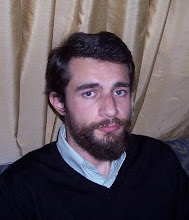This study assesses the role of the human medial temporal lobe (MTL) structures in the coordination of spatial information across perspective change and, in particular, in visual perspective taking—namely the capacity to know what another individual is seeing on the visual scene. Fourteen patients with unilateral temporal lobe resection and 21 control subjects performed two tasks, called ‘object location memory’ and ‘viewpoint recognition’, respectively. In the object location memory task, subjects had to memorize the position of a target object in the environment from an initial viewpoint. They were then shown the same environment from a new viewpoint and had to indicate whether or not the target object had moved. In the viewpoint recognition task, subjects had to imagine the perspective of an avatar from the initial viewpoint and then decide whether or not the new viewpoint was that of the avatar. The results showed a double dissociation, with left MTL patients being impaired in the object location memory task but not in the viewpoint recognition task and right MTL patients being impaired in the viewpoint recognition task but not in the object location memory task. Furthermore, based on multiple regression analyses between performance and the volumes of the different MTL structures, we discuss the specific involvement of the left temporopolar cortex and of the right hippocampus in different kinds of visual perspective taking.
S. Lambrey , M.-A. Amorim , S. Samson , M. Noulhiane , D. Hasboun , S. Dupont , M. Baulac , and A. Berthoz.
Distinct visual perspective-taking strategies involve the left and right medial temporal lobe structures differently.
Brain Advance Access published on February 1, 2008, DOI 10.1093/brain/awm317. Brain 131: 523-534.
http://brain.oxfordjournals.org/cgi/content/abstract/131/2/523
Subscribe to:
Post Comments (Atom)

No comments:
Post a Comment